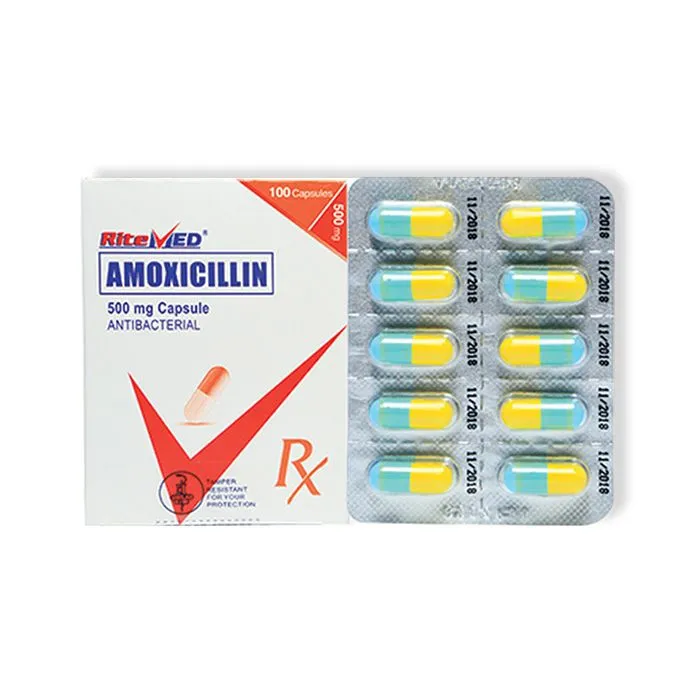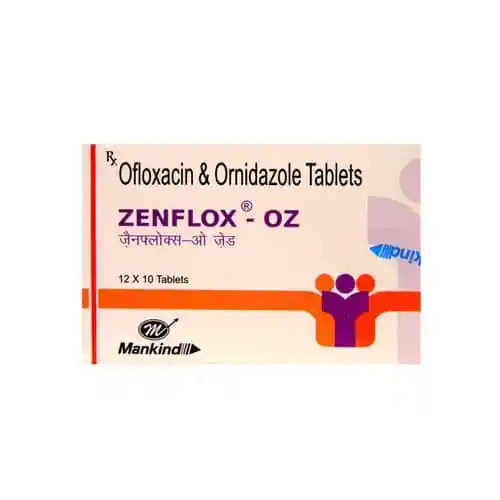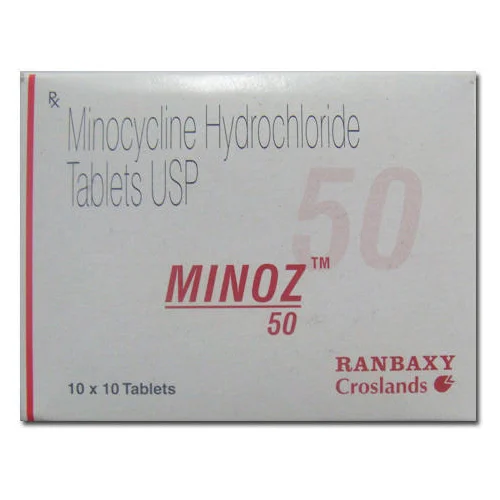Buy Amoxicillin 500 mg Online – Fast Relief from Bacterial Infections
Amoxicillin 500 mg is a highly potent, wide-spectrum antibacterial agent and can be used to treat various forms of bacterial diseases such as strep throat, sinus infections, infectious teeth, respiratory infections, urinary infections, and many others. It belongs to the measures of penicillin and antibiotics, which have an effect of preventing the growth of bacteria in the human body.
Amoxicillin 500 mg can be found in capsule form and is very often used because of its efficiency, low price, and rapid effect. BestGenericPill.com sells high-quality and FDA-approved Amoxicillin 500 mg capsules to people in need of this medication at a reasonable price without insurance, and ships to your doorstep.
🔹 Amoxicillin 500 mg Dosage for Strep Throat
For adults and teenagers, the typical Amoxicillin 500 mg dosage for strep throat is:
- 500 mg every 8 hours, or
- 875 mg every 12 hours (as prescribed)
Treatment takes place in 7 to 10 days, and there is a need to continue the full course to avoid reinfection and antibiotic resistance.
Note: Please ask your concerned doctor how much to take according to your medical condition.
🔹 500 mg Amoxicillin for Sinus Infection
- Amoxicillin 500 mg is the other preferred choice of antibiotic against acute sinus infection. Doctors usually recommend:
- 500 mg every 8 hours for 10 days
It decreases inflammation and destroys the source of bacteria, causing sinus pressure, headaches, and congestion.
🔹 500 mg Amoxicillin for Tooth Infection
An abscessed tooth or a dental infection may be very painful. Amoxicillin 500 mg is very effective as an anti-inflammatory and antiseptic agent, eliminating disease-causing organisms. Typical course:
- 500 mg every 8 hours for 7 days
- Amoxicillin combined with taking care of the teeth will help more quickly.
👉 Explore more: Buy Metronidazole 500 mg for Dental Infections
🔹 Side Effects of Amoxicillin 500 mg
Other than it being safe for most people, there are side effects of Amoxicillin 500mg. Such side effects of Amoxicillin are common:
- Nausea or vomiting
- Diarrhea
- Rash or itching
- Abdominal pain
Less common but serious amoxicillin side effects include:
- Allergic reactions (swelling, breathing difficulty)
- Yellowing of skin or eyes (liver issues)
- Seizures (in rare cases)
Stop taking amoxicillin and inform your physician if you experience its side effects.
🔹 Amoxicillin 500 mg Price Without Insurance
Searching for where to find Amoxicillin 500 mg without insurance? When you shop at BestGenericPill.com, you have the chance to order high-quality Amoxicillin capsules at the most competitive price online.
💊 Affordable Pricing – No insurance needed
🚚 Discreet Worldwide Shipping
💯 Authentic & FDA-approved medications
💬 Chat with us for bulk discounts and prescription guidance.
🔹 Amoxicillin 500 mg Capsules – How to Take
Amoxicillin 500 mg capsules may be swallowed with or without meals.
- In order to keep the stomach upset at bay, drink lots of water.
- Take the dosage in the way it is directed.
Keep taking doses regularly and to completion of the duration, even when you begin to feel better.
🔹 Amoxicillin vs Amoxicillin Clavulanate
Amoxicillin clavulanate (Augmentin) represents a mixture of amoxicillin and clavulanic acid used to help resolve antibiotic resistance as well as to tackle less complex infections. Amoxicillin 500 mg may be sufficient and also may be cost-effective in such trivial infections as strep throat or mild sinusitis.
📦 View related product: Amoxicillin Clavulanate 625 mg
🧊 How to Store Amoxicillin 500 mg Capsules Properly
Storage of Amoxicillin 500 mg capsules does help keep the drug safe, effective, and preserve its full potency during its shelf life.
✅ Recommended Storage Guidelines:
Temperature: Store at room temperature between 15°C to 25°C (59°F to 77°F).
Keep Dry: Store features - Rooms to avoid while storing - Bathrooms or moist areas.
Away from Light: In a dry, cool place, keep out of service and direct sunlight and direct heat.
Original Packaging: Do not remove them from the package of original blister pack or bottle with the lid closed.
Keep Out of Reach: Make sure you keep the product beyond the reach of children and pets so as to prevent instances of accidental ingestion.
❌ Do Not:
Use if the capsules are discolored, damaged, or leaking
- Freeze the medication
- Use past the expiration date
🗑️ If the drug looks weak or has expired, then dispose of it accordingly in line with local pharmacy or FDA instructions. In case it goes to waste.
📌 Tip: Have a regular look at the packaging and see the date of expiry and whether moisture got into it by any chance.
✅ Why Buy Amoxicillin 500 mg from BestGenericPill?
💊 Trusted Source for Generic Medicines
📦 Fast Delivery Across the Globe
🛡️ 100% Secure & Private Purchase
👩⚕️ Free Medical Advice Available
📌 Quick FAQ – Amoxicillin 500 mg
Q1: Is Amoxicillin 500 mg effective for strep throat?
Yes, it is among the most popularly prescribed antibiotics treating strep throat.
Q2: Can I take Amoxicillin 500 mg for a sinus infection?
Absolutely. It is commonly applied to bacterial sinus infections, but a doctor should prescribe it according to the needed dosage.
Q3: What’s the price of Amoxicillin 500 mg without insurance?
This medication will be available through BestGenericPill at significantly reduced prices as compared to local drugstores. Check today's deal.
Q4: What if I miss a dose?
In case you miss one, then adopt an omitted dose as quickly as possible. In case the dose is about to come due in the next session, do not re-dose yourself; in other words, take a smaller dose.
💊 Order Amoxicillin 500 mg Now & Get Quick Relief!
Do not allow infections to mess with your life. To get out of the various bacterial infections, go to BestGenericPill.com and purchase Amoxicillin 500 mg capsules online because it offers the best price and delivers fast and dependable results.
👉 Order Amoxicillin 500 mg Now
🔚 Conclusion
Amoxicillin 500 mg is a safe and commonly used antibiotic drug used in the treatment of several bacterial infections, cases as strep throat, tooth infections, sinus infections, and so on. This is a common option experienced in preference by doctors and patients due to its effectiveness, cost competitiveness, and safety.
Being sick needs great care whether it be your sinus infection and you are in search of 500 mg Amoxicillin medication, or you have a toothache and you want to have a package that will take no time and put the condition out of your system; there is always a solution to how to get the medication and the solution is BestGenericPill.com. BestGenericPill.com offers you access to authentic medication that is FDA-certified and at an unmatched price, even without medical insurance of any kind.
Avoid resistance by remembering to always take your healthcare provider's guidance and do a full course. When you are willing to start your treatment affordably and safely.










